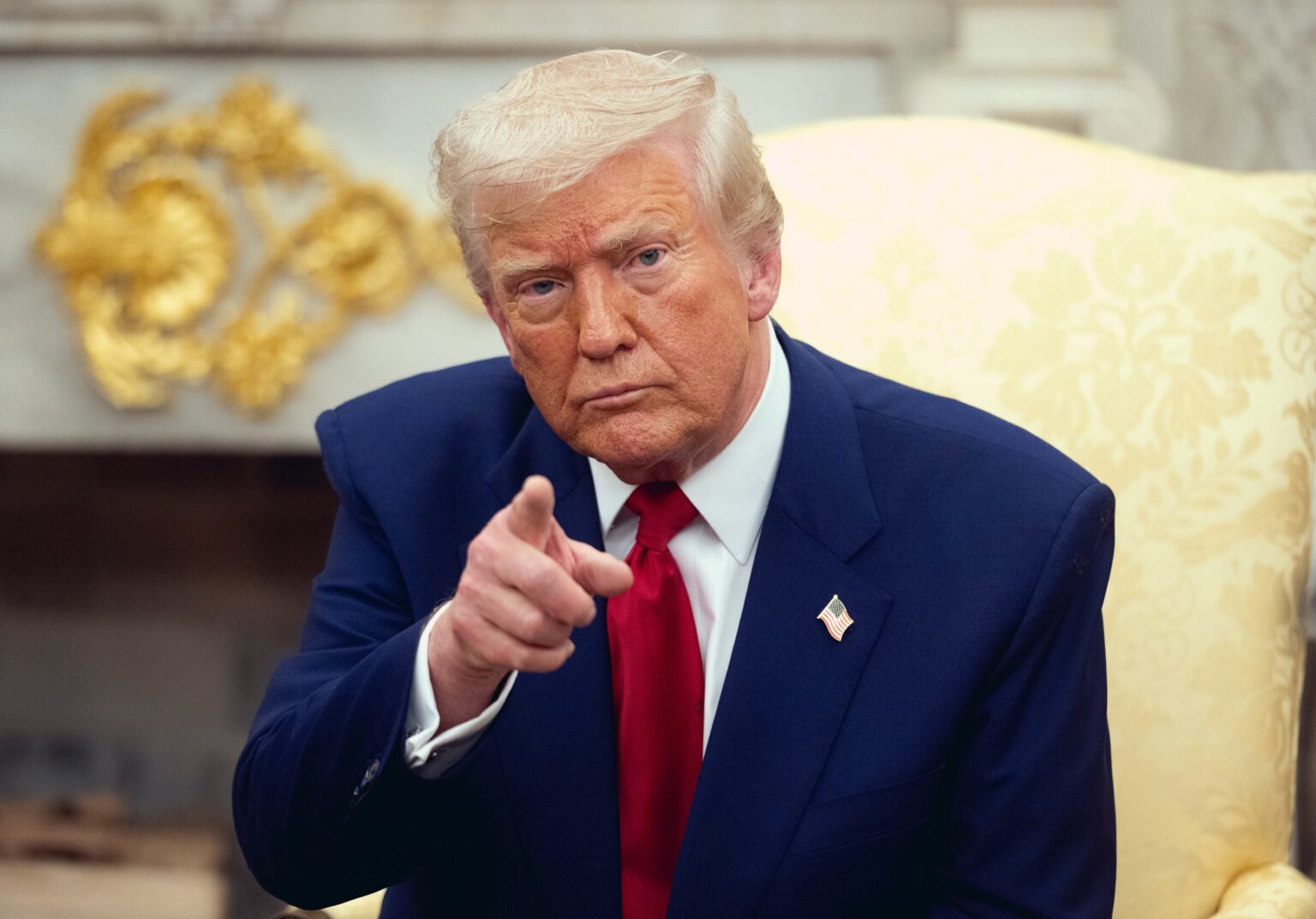President Donald Trump has announced that starting August 1, the United States will impose 25% tariffs on a wide range of imports from Japan, South Korea, and 12 other countries. The decision was published through formal letters addressed to each country’s leadership and posted on Trump’s Truth Social platform. According to the documents, the tariffs aim to correct trade imbalances and penalize countries seen as benefiting from unfair access to the American market.
The other nations affected include Malaysia, South Africa, Kazakhstan, Laos, Myanmar, Cambodia, and Serbia, among others. Some tariffs will go beyond the 25% rate, reaching as high as 40% depending on the product category and country involved.
The letters included a warning: if these nations impose retaliatory tariffs, the U.S. will increase the rate further. Trump justified the move as part of his broader strategy to protect American jobs and manufacturing, and to reinforce recent US-Dollar-funded tax cuts.
Concern Grows Among Allies and Economists
Reactions from foreign governments were swift. Japan’s Prime Minister Shigeru Ishiba expressed disappointment over the sudden escalation, calling the move “extremely regrettable”. Despite the strong wording, Japanese officials stated they would continue dialogue with Washington in hopes of reaching a compromise before the new tariffs take effect.
South Korea’s Trade Ministry also responded, saying it was working urgently to resolve the issue through diplomatic channels. Meanwhile, countries like Thailand offered enhanced market access to American companies, while South Africa questioned the legality and fairness of the U.S. measures.
Markets were rattled by the announcement. The S&P 500 Index closed down 0.8 % on the day of the news, and U.S. Treasury yields moved higher amid fears of global economic turbulence. Tech and healthcare stocks held steady, but financial and automotive shares suffered notable declines.
Analysts warned that the tariffs could lead to price increases for consumers, disrupt supply chains, and heighten inflation pressures in both the U.S. and overseas markets.
Legal Pushback and Economic Ramifications
Trump’s trade actions are grounded in the International Emergency Economic Powers Act (IEEPA), which allows the U.S. president to impose restrictions during a national emergency. However, legal experts and several lower court rulings have raised questions about whether the statute can be applied to broad, peacetime trade measures.
One court has already declared parts of the program unconstitutional, but the ruling is on hold pending appeal. Oral arguments are scheduled for July 31, just a day before the tariffs are set to begin.
Economists from the Federal Reserve and the OECD have revised U.S. growth projections downward in light of the policy shift. Since April, the average U.S. tariff rate surged from 1 % to 27%, before easing slightly to 15.8 % in June. Some experts fear that further escalation could harm both American exporters and consumers.
Trump has maintained that the tariffs are negotiable if countries agree to new terms that he sees as more equitable. He emphasized that “doors are open” for those willing to cooperate with U.S. trade demands.
Global Trade Relations at a Crossroads
The international response remains mixed. While some countries have opened channels for negotiation, others are exploring countermeasures or turning to organizations like the World Trade Organization for recourse.
Talks with the U.K., China, and Vietnam have reportedly made partial progress, while negotiations with Asian allies such as Japan and South Korea remain unresolved. With the clock ticking toward the August 1 deadline, trade officials from multiple countries are scrambling to prevent a wider commercial rift.
Observers warn that the new tariffs may mark a turning point in U.S. foreign trade policy, one that could shift alliances, reshape supply chains, and test the resilience of global economic systems in the face of growing protectionism.



